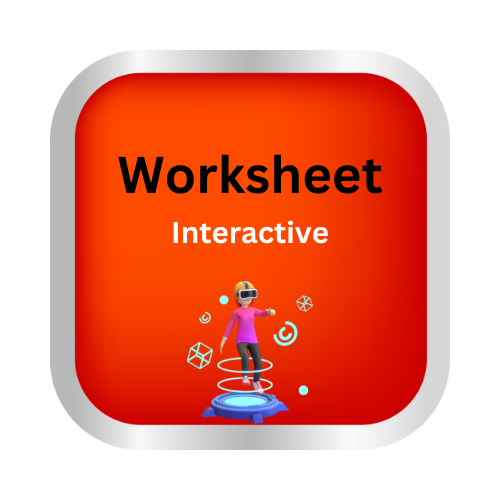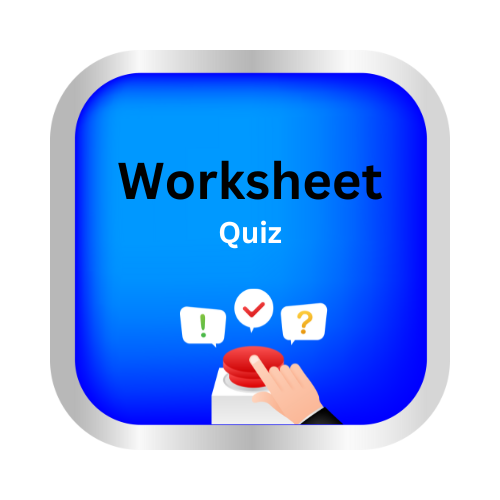Identify time-order words
key notes:
1. What are Time-Order Words?
- Time-order words are words or phrases that help show the order in which events happen.
- They guide the reader through the sequence of actions or events in a story or paragraph.
2. Why are Time-Order Words Important?
- They help the reader understand when things happen in relation to each other.
- They make writing clearer by showing the order of events, making it easier to follow a story or process.
3. Common Time-Order Words:
- Beginning:
- First
- Initially
- At the start
- Before Example: “First, I woke up early in the morning.”
- Middle:
- Next
- Then
- After that
- Meanwhile Example: “Then, I had breakfast before going to school.”
- End:
- Finally
- Last
- At the end
- Afterwards Example: “Finally, I went to bed after a long day.”
4. How to Identify Time-Order Words:
- Look for words or phrases that indicate a sequence.
- Pay attention to sentences that describe what happened first, next, or last.
- These words often appear at the beginning of a sentence or clause.
5. Examples in Sentences:
- “First, we visited the zoo.”
- “After that, we had a picnic.”
- “Finally, we went home.”
6. Using Time-Order Words in Writing:
- When writing stories or explanations, use time-order words to help your reader understand the sequence of events.
- They can also be helpful in writing instructions or steps for a project. Example of a Simple Story:
- “First, I planted the seeds. Then, I watered them every day. Finally, I saw flowers bloom.”
let’s practice!

